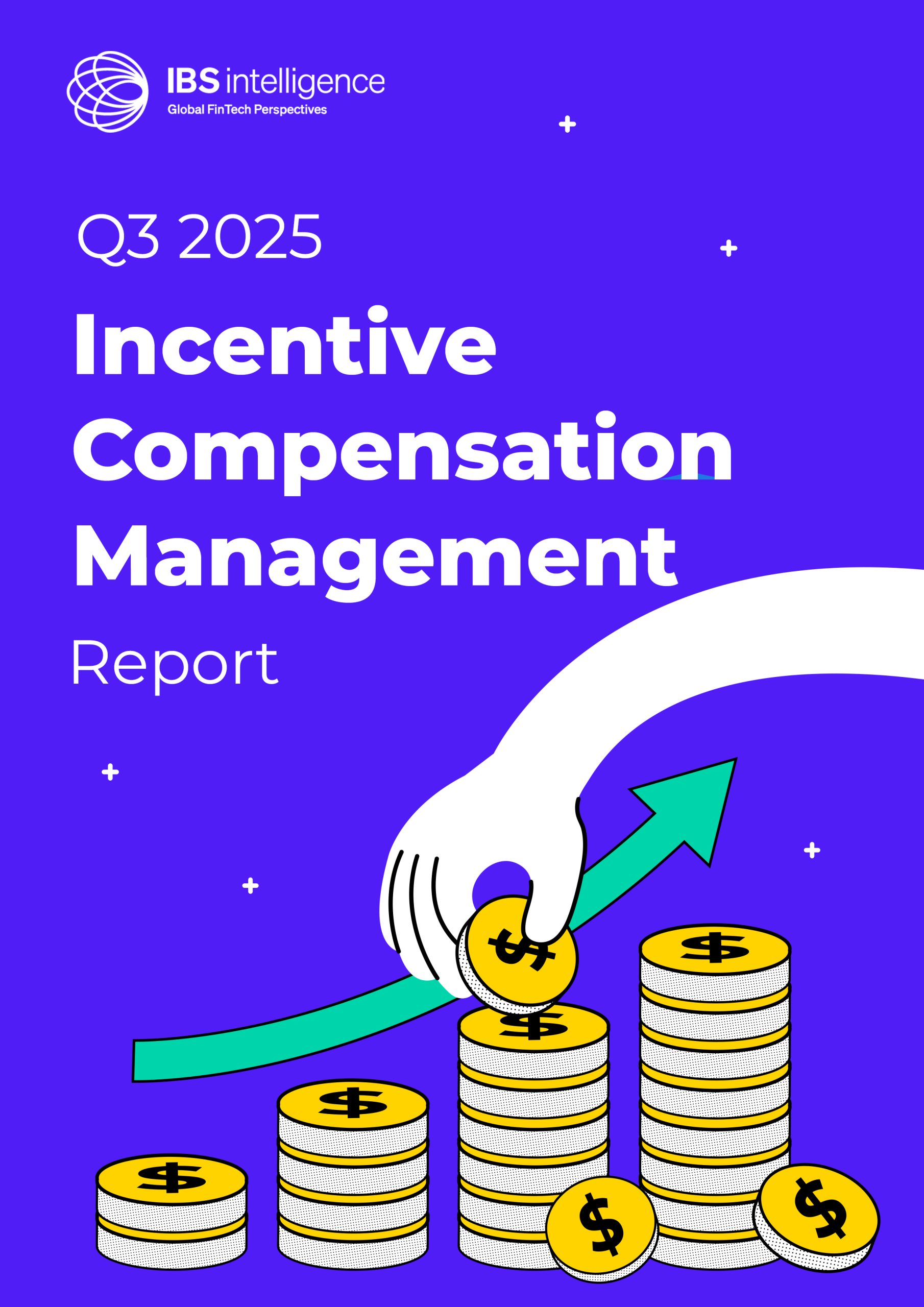 Back
Back
Banks roll out special short savings plans to attract customers
By Vriti Gothi


As interest rates continue to ease across the U.S. banking sector, financial institutions are increasingly deploying seasonal and short-term promotional certificates of deposit (CDs) as a strategic lever to stabilise deposit inflows. Recent marketplace data from CD Valet indicates a measurable shift toward nonstandard and time-sensitive CD offerings, reflecting how banks and credit unions are recalibrating deposit-gathering tactics in response to changing rate pressures.
The emerging pattern is clear: promotional CDs are becoming a counter-cyclical tool in a declining rate environment. Institutions facing shrinking spreads are offering limited-term yields that temporarily exceed market averages, enabling them to attract liquidity without the long-term cost burden associated with multi-year CDs. This approach aligns with historical behaviour in falling-rate cycles, where short-term deposit incentives are used to manage rollover risk while maintaining balance-sheet flexibility.
Recent offers such as a 9-month CD at 5.10% APY from a New York-based credit union and a 7-month 4.25% APY product introduced by a Minnesota credit union—illustrate this trend. While isolated examples, they point to a broader phenomenon: credit unions, more than banks, tend to experiment with nonstandard terms and above-market seasonal rates, both to reward member loyalty and to widen their eligibility funnel for prospective members.
CD Valet’s internal tracking supports this shift. According to its data, 40% of all CD rates on the platform are tied to nonstandard terms, a significant indicator of how widespread these promotional strategies have become. The company’s expanded dataset now covers more than 40,000 CD rates from over 5,000 financial institutions, capturing a clearer picture of the market’s transition. The inclusion of nonstandard CDs with yields above 3% APY provides additional visibility into how financial institutions are responding to consumer demand for short-term yield optimisation.
From a behavioural perspective, the demand side is also evolving. As households head into the holiday season typically a period of increased consumption—short-duration CDs provide an appealing bridge between liquidity needs and yield expectations. The ability to lock in a temporary rate premium without committing funds for multiple years aligns with how consumers manage year-end financial pressures and near-term planning.
Beyond consumer behaviour, the data also indicates an operational implication: institutions are leveraging analytics-driven tools to inform deposit pricing strategies. CD Valet’s recent enhancements to its intelligence platform, along with its state-level rate mapping, reflect a broader industry trend towards data-enabled deposit management, where institutions benchmark competitor movements in near real-time.
This shift towards granular deposit intelligence tools underscores a structural change in the CD market. Instead of relying on broad macro-rate movements alone, financial institutions are increasingly monitoring micro-movements—geographic variations, seasonal shifts, and competitive anomalies to shape their pricing decisions.
In a market where rate cuts are gradually compressing yields, the rise of seasonal and nonstandard CDs suggests that institutions are prioritising agility over uniformity. Whether this trend persists will depend on the trajectory of the Federal Reserve’s policy path, liquidity needs across regional and community institutions, and the competitive intensity of deposit markets through 2026.
What is evident for now is that promotional CDs are no longer occasional marketing tools they are emerging as data-driven, strategically timed instruments in deposit portfolio management.
IBSi FinTech Journal

- Most trusted FinTech journal since 1991
- Digital monthly issue
- 60+ pages of research, analysis, interviews, opinions, and rankings
- Global coverage








